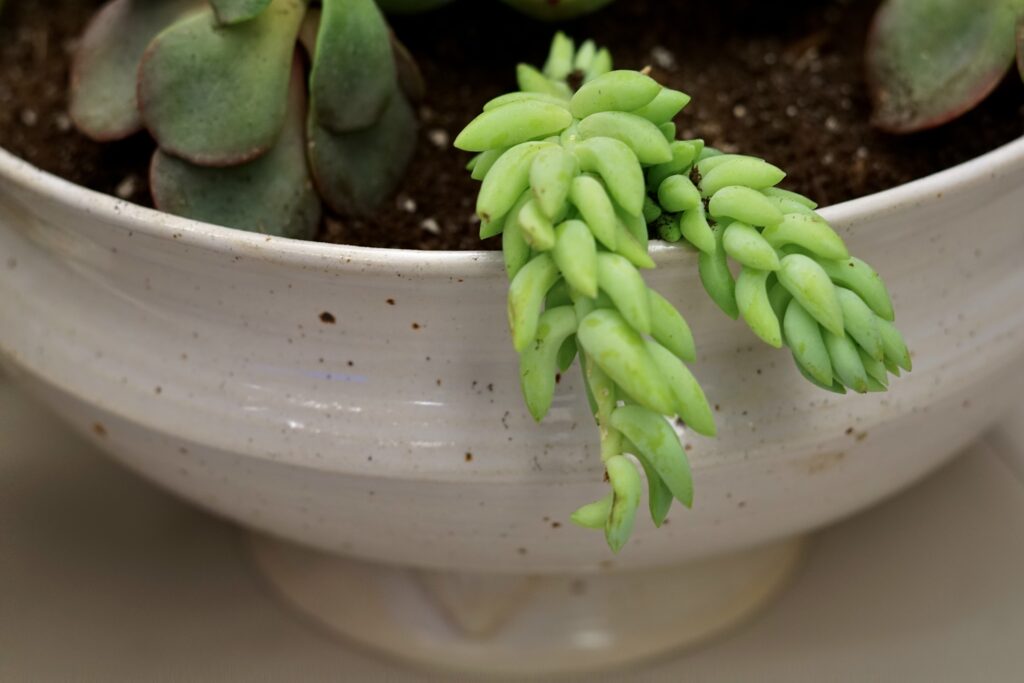Succulent propagation is both an economical and rewarding way to fill your home with greenery. Instead of purchasing new plants, you can multiply your favorites using simple methods like leaf and stem cuttings. By mastering these techniques, you’ll create a veritable indoor greenhouse of thriving succulents. Whether you’re new to propagation or looking for advanced tips, this guide provides the foundations for success.
Why Propagate?
Aside from saving money, propagation lets you share plants with friends, experiment with different rooting methods, and observe the fascinating process of new growth firsthand. It’s an excellent way to learn more about plant biology and refine your indoor gardening skills—especially as you watch a single leaf transform into a tiny, fully formed succulent.
Top Methods for Succulent Propagation
- Leaf Cuttings:
- Best for rosette-forming succulents like Echeverias.
- Gently twist a healthy leaf from the stem, let it callus for a day or two, then place it on slightly moist soil.
- In a few weeks, you’ll see roots and baby rosettes emerging.
- Stem Cuttings:
- Ideal for succulents like Jade Plant or Aeonium.
- Cut a segment of the stem and remove lower leaves. Allow the cut end to callus before placing in soil or water.
- Roots typically appear within a couple of weeks, after which you can pot up your new plant.
- Offsets/Pups:
- Common in species like Haworthia or Aloe.
- Look for baby plants forming at the base of the parent.
- Once they develop roots, carefully separate and pot them individually.

Rooting Methods
- Dry Propagation: Place cuttings on top of a well-draining mix. Mist occasionally, or water sparingly, until roots form.
- Water Propagation: Some succulents root successfully in water, but it requires vigilance to avoid rot. Transition to soil as soon as strong roots appear.
Setting Up an Indoor Greenhouse
If you’re serious about propagation, an indoor greenhouse or humidity dome can accelerate the process. Keep the environment slightly more humid than normal household air and ensure bright, indirect light. Proper ventilation is crucial—too much moisture without airflow can lead to mold or fungal issues.
Caring for Succulent Babies
- Water Lightly: Overwatering is still the biggest risk. Let new roots develop without being constantly saturated.
- Gradual Light Exposure: Young succulents can be more sensitive to harsh sunlight. Move them to brighter areas over time.
- Transplant Gently: Once roots are well-established, move your baby plants to individual pots. Use a standard cactus mix and a container with drainage.
Common Pitfalls
- Leaf Rot: Overly moist conditions can cause leaves to rot instead of root. Provide good airflow and avoid waterlogged soil.
- Failure to Root: Some leaves simply won’t root. Discard them and focus on those showing healthy progress.
- Too Much Direct Sun: Harsh light can scorch delicate propagations, so provide filtered light in the early stages.
Succulent propagation unlocks a world of possibilities for indoor gardeners. From a single leaf or stem cutting, you can grow a brand-new plant to decorate your home or share with friends. By experimenting with different methods—like leaf cuttings, stem cuttings, or collecting offsets—you’ll not only expand your collection but also gain a deeper appreciation for the incredible resilience of these desert dwellers. Start small, stay patient, and watch as a thriving succulent family takes root right before your eyes.




